Showing results for
"All"
Language
Content type
Article Type
Topics
Tags
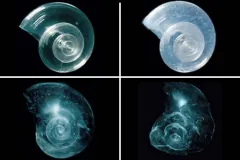
overview
Ocean Acidification
Ocean acidification is sometimes called “climate change’s equally evil twin,”......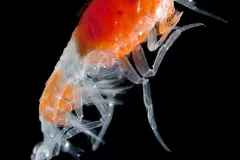
slideshow
The Hyper Eyes of Hyperiids: How Some Shrimp-Like Creatures See Light in the Deep Sea
Hyperiid amphipods are small crustaceans related to sand fleas and distantly......
Article
Many Eyes, Many Perspectives: The Astonishing Visual Systems of Hyperiids
In any given scoop of seawater, you will find an assortment of tiny critters...
January 2020

Article
What the Big Picture Can Teach Us About Tiny Ocean Creatures
A 1,000-pound metal instrument—about the size of a two-seat Smart car—drops off......
March 2019
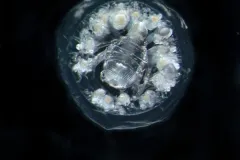
Photo
Amphipod: Salp Invader
Can you spot the amphipod (Phronima atlantica) in the below photo? She's the......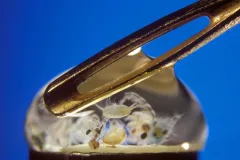
Photo
Zooplankton in the Eye of a Needle
Zooplankton are small—but do you know just how small? This drop of water smaller......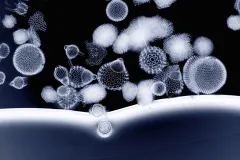
Photo
Glassy Radiolarian Beauty
The shells of radiolarians rank among some of the treasures of the ocean, with......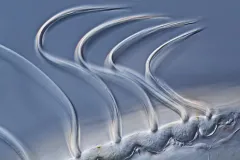
Photo
Sea Gooseberry Larva
These beautiful wisps are the hair-like cilia of a sea gooseberry larva, a common......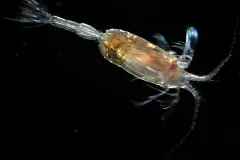
Photo
Male Copepod
In many species of copepods, males are rare and short-lived. This male of......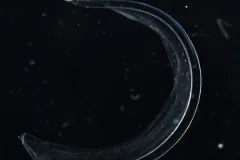
Photo
Deep-Water Larvacean
Found in Arctic waters, this rare deep-water species of larvacean, Oikopleura......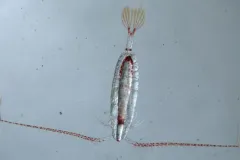
Photo
